
How do i train my dog to be obedient?
Watching your dog dart across the park ignoring your calls isn’t just frustrating—it can put them at risk near busy streets or public spaces.
If you’ve got a 2-year-old Husky bouncing around your home, you might’ve noticed their boundless energy makes potty training feel like a moving target. Unlike puppies, 2-year-olds already have some habits—good or bad—so consistency here is key. Start by observing their routine: Huskies often need to go after meals, naps, or playtime, so scoop them up then and head to their designated spot. Maybe it’s a patch of grass in your yard or a pee pad by the door—stick to one place, so they learn to associate it with potty time.
The science behind this works because Huskies, like all dogs, thrive on positive reinforcement. Yelling or scolding if they have an accident will only make them scared to go near you when they need to go—never use physical punishment, as it’s not just cruel but also breaks their trust. Instead, keep treats handy: the second they finish pottying in the right spot, give them a tiny reward and excited praise, This links the action to something fun, making them want to repeat it. For example, if your Husky goes on the grass, toss them a small piece of their favorite training treat right away—they’ll start connecting that grass spot to getting a reward.
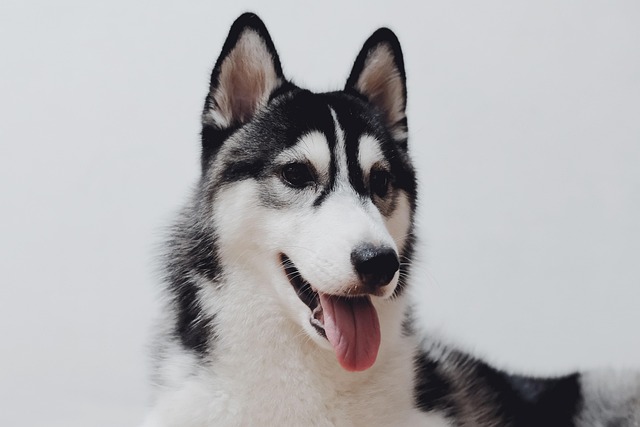 Practical steps mean fitting training into your daily life, especially if you live in an apartment. Huskies need more frequent potty breaks than smaller breeds because of their size and energy, so set a schedule: first thing in the morning, after breakfast, midday, after dinner, and right before bed. If you can’t be home, ask a neighbor or hire a dog walker to stick to the schedule—skipping breaks can undo progress. Also, always carry poop bags when you take them out; in most places, it’s the law to clean up after your dog, and it’s basic community courtesy too.
Practical steps mean fitting training into your daily life, especially if you live in an apartment. Huskies need more frequent potty breaks than smaller breeds because of their size and energy, so set a schedule: first thing in the morning, after breakfast, midday, after dinner, and right before bed. If you can’t be home, ask a neighbor or hire a dog walker to stick to the schedule—skipping breaks can undo progress. Also, always carry poop bags when you take them out; in most places, it’s the law to clean up after your dog, and it’s basic community courtesy too.
Don’t forget the legal and welfare checks first. Before diving into potty training, make sure your Husky is up-to-date on all required vaccines—this isn’t just a rule in most U.S. states, but it also keeps them safe when they’re outside. If your Husky has frequent accidents even with a schedule, a quick vet visit can rule out health issues like a urinary tract infection, which might make them unable to hold it. Remember, patience is non-negotiable: 2-year-olds might slip up, especially if they’re stressed or the routine changes. If an accident happens, just clean it up with an enzyme cleaner and get back to the schedule—no scolding needed.
Potty training a 2-year-old Husky takes time, but it’s totally doable with the right mix of routine, positivity, and respect for their needs. By tying training to their natural habits, using rewards instead of punishment, and staying on top of legal and community rules, you’ll build a routine that works for both of you. Before long, your Husky will know exactly where to go—and you’ll both feel more confident, whether you’re in your yard or out for a walk in the neighborhood.

Watching your dog dart across the park ignoring your calls isn’t just frustrating—it can put them at risk near busy streets or public spaces.

New puppy owners often find themselves rushing to clean up accidents before they set in, and that’s where puppy pad training becomes a game-changer.
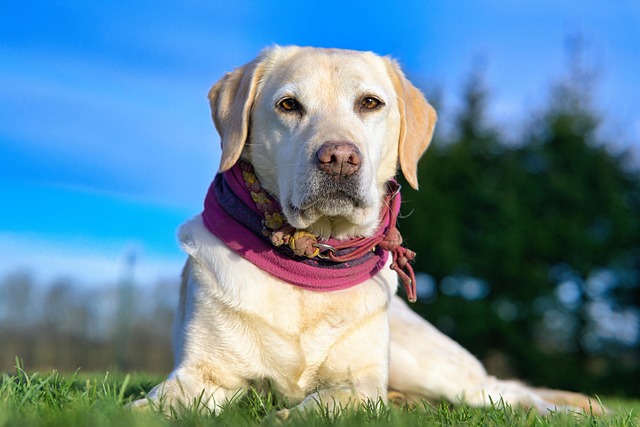
If you've noticed your dog's waistline disappearing and your veterinarian has mentioned those few extra pounds, your first instinct might be to simply reduce the amount of food in their bowl.
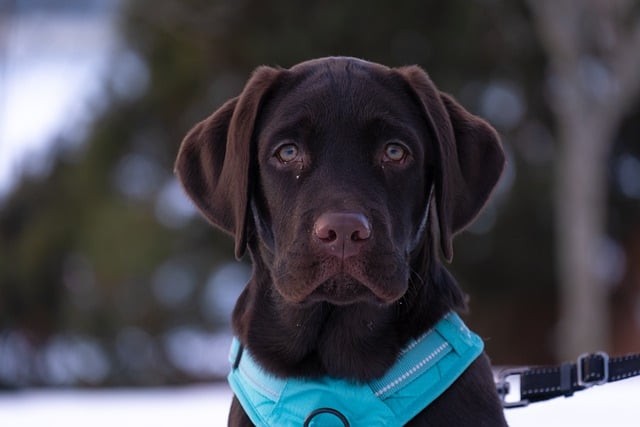
Training a dog to use a designated spot indoors isn’t as daunting as many new owners fear, but it does take consistency and an understanding of your pet’s needs.
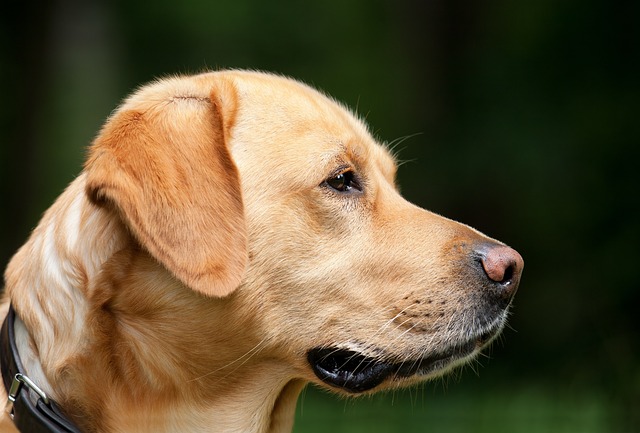
That moment of dread on a walk is all too familiar for many new dog owners. You see another dog approaching down the sidewalk of your neighborhood
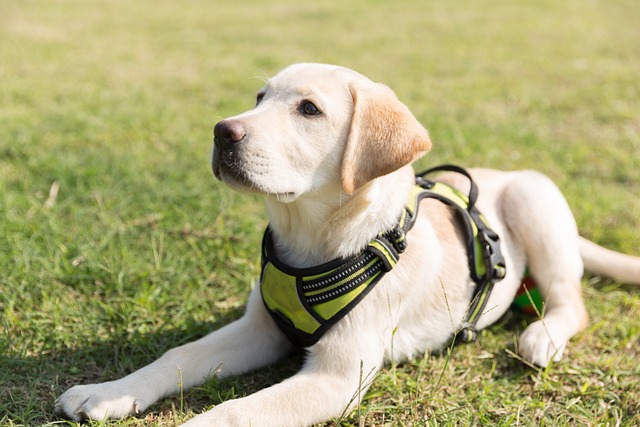
If the sight of another dog on your neighborhood walk makes your heart sink as your own dog erupts into a frenzy of barking and lunging, you're not alone.